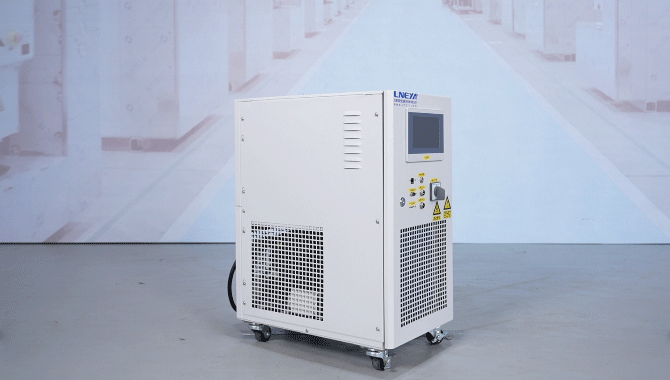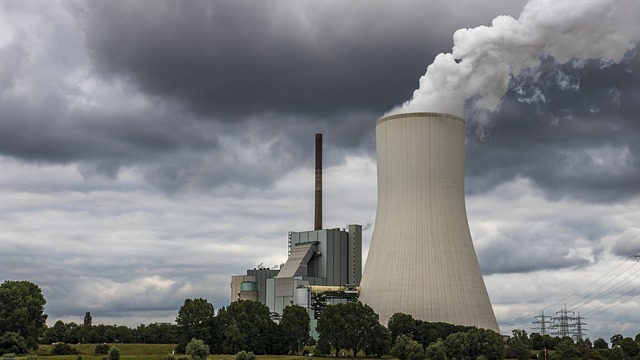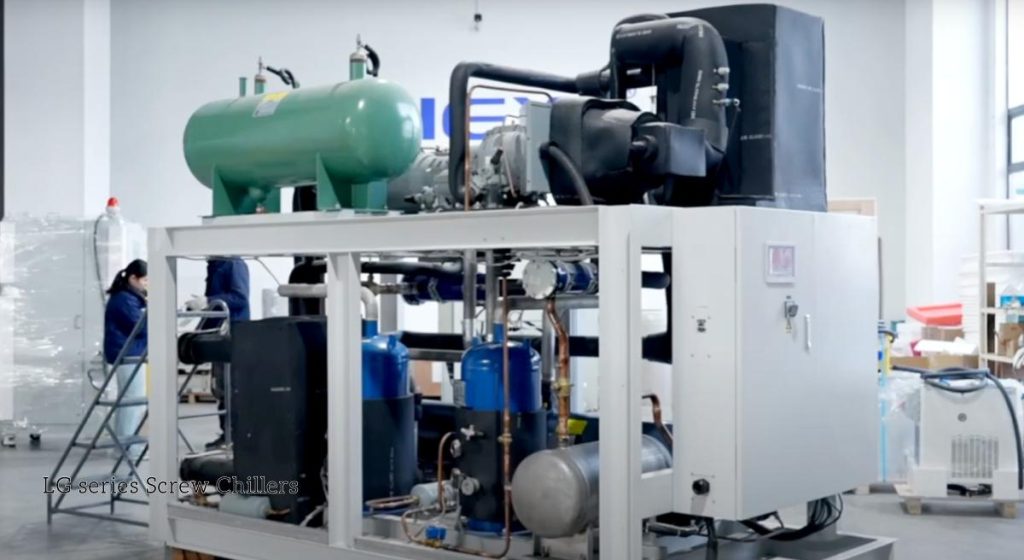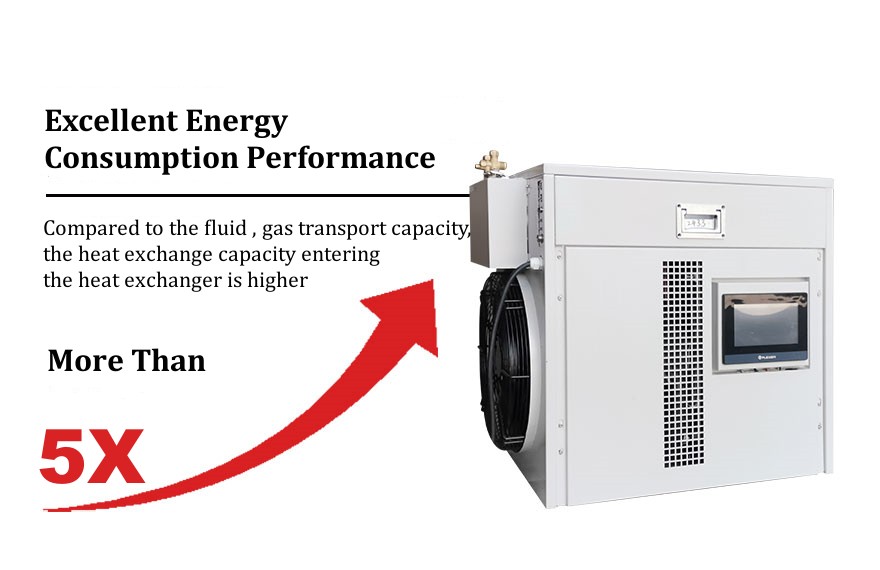What is the Difference Between Chillers and Coolers

- Gas Chiller vs Electric Chiller What is the Difference
- What is the difference between indoor chiller and outdoor chiller
- What is the Most Energy Efficient Chiller
- What is the Difference Between Chillers and Coolers
- 4 tipi di sistemi di refrigerazione: quale si adatta alla tua struttura?
- Cos’è un chiller VFD: chiller VFD vs chiller non VFD
- What is a Gas Chiller
- What is a Scroll Chiller
- Settembre 2025
- Agosto 2025
- Luglio 2025
- Giugno 2025
- Maggio 2025
- Marzo 2025
- Febbraio 2025
- Gennaio 2025
- Dicembre 2024
- Novembre 2024
- Ottobre 2024
- Settembre 2024
- Agosto 2024
- Luglio 2024
- Giugno 2024
- Maggio 2024
- Aprile 2024
- Marzo 2024
- Febbraio 2024
- Settembre 2023
- Luglio 2023
- Giugno 2023
- Maggio 2023
- Gennaio 2023
refrigeratore raffreddato ad aria refrigeratore Installazione di un refrigeratore refrigeratori Chiller Troubleshooting Congelatore a freddo refrigeratore di raffreddamento circolatore di raffreddamento e riscaldamento sistema di raffreddamento e riscaldamento cooling system Reattore in vetro a doppio strato sistema di controllo dinamico della temperatura congelatore refrigeratore a gas circolatore di riscaldamento refrigeratore industriale raffreddamento industriale congelatore industriale frigorifero industriale reattore a camicia refrigeratore a bassa temperatura notizie refrigeratore farmaceutico refrigeratore di processo reattore refrigeratore raffreddamento del reattore raffreddamento del reattore riscaldamento riscaldamento del reattore raffreddamento sistema di reattori circolatore refrigerato refrigeratore a refrigerazione refrigeratore a vite refrigeratore per semiconduttori refrigeratore di prova per semiconduttori sundi tcu controllo della temperatura camera di prova termostato refrigeratore a bassissima temperatura refrigeratore di prova per veicoli refrigeratore d'acqua refrigeratore raffreddato ad acqua wtd
In a semiconductor plant, the process water often needs to sit right around 10 °C. A small air cooler has no chance of holding that temperature, it simply can’t push the fluid below the room’s conditions. Now flip the situation: a hydraulic press in a workshop only builds a little heat during the day. Dropping a full refrigeratore industriale on it would be unnecessary and expensive.
That’s why the distinction between chillers and coolers matters. It’s about whether the equipment matches the way a factory, lab, or machine actually runs day to day.
What is a chiller?
A chiller works on the refrigeration cycle, using familiar parts like a compressor, condenser, evaporator, and an expansion valve. Instead of just moving heat away, it actively produces chilled water or a glycol solution that can stay well below the temperature of the surrounding air.
Chillers can be built in air-cooled designs that release heat into the atmosphere, or water-cooled versions that connect to cooling towers. You’ll find them across industries—labs, semiconductor plants, hospitals, even plastic molding shops.
The real strength of a chiller is control. It doesn’t just make water cold; it lets operators dial in a setpoint and hold it, which is essential in processes where stability directly affects product quality.

What is a cooler?
There’s no compressor and no refrigerant cycle at work.
Take the oil cooler on a hydraulic press, the air blast cooler on a CNC machine, or even the radiator in a car. All of them work on the same principle: stop the fluid from getting too hot compared to the surrounding air. What they can’t do is bring it below the room temperature.
The simplicity is part of the appeal. Coolers are lighter, more affordable, and usually easier to keep running than chillers. For plenty of factories, that’s all it takes to keep equipment from overheating during long production runs. However, when a process requires temperatures below room level, a cooler by itself won’t be enough.

Key differences between chillers and coolers
Principio di funzionamento
A chiller runs on a refrigeration cycle. Inside there’s a compressor, condenser, and evaporator working together to pull heat out of the process fluid. Instead of just pushing heat away, it creates chilled water—or sometimes a glycol mix—held at a set temperature.
A cooler, on the other hand, never drops fluid below ambient. It just transfers heat into the surrounding air or water through a heat exchanger, which brings the process fluid closer to room level.
Intervallo di temperatura
Chillers can reach well below ambient, holding water anywhere from 25–30 °C for light cooling, down to near freezing for demanding processes.
A cooler, by contrast, is tied to whatever the room or outside air gives you. If the plant floor is 30 °C, the outlet water from a cooler may only settle a few degrees higher, usually around 32–33 °C.
Cooling medium
Chillers usually circulate a controlled liquid such as chilled water, brine, or a glycol mix. This same fluid runs through the system again and again, pulling heat away from sensitive equipment while staying close to the setpoint.
Coolers, in contrast, don’t use special solutions. They simply work with the existing process fluid—oil in a press, lubricants in gearboxes, or plain water in a machine circuit.
Costo
Chillers consume more electricity, but they deliver accurate temperature regulation and the adaptability to serve a wide range of applications. In industries where consistent cooling directly affects product quality, that investment often proves worthwhile.
Coolers, meanwhile, are cheaper to purchase and operate. With no compressors or refrigerant systems, their energy usage remains minimal. They are often chosen when the goal is simply to remove excess heat rather than achieve strict temperature control.
Applicazioni
Chillers show up in places where precision matters. Hospitals use them to keep MRI machines at stable temperatures. Fabbriche di semiconduttori depend on them to hold process water within tight ranges. In pharmaceuticals, reactors need chillers to control reaction heat. Even in plastic molding, chilled water ensures parts come out with consistent quality.
In a hydraulic press, a cooler keeps the oil from overheating during long hours of operation. For simpler machines, a basic cooler is often more than enough to protect against heat buildup.

English scenarios: how the terms are used
English usage can add some confusion. In most technical settings, “chiller” specifically refers to a refrigeration-based system. “cooler,” however, may describe a wide range of equipment—from a simple car radiator or portable ice chest to an industrial heat exchanger.
For example, an American engineer might say, “We need a process chiller for our laser line,” while in another context someone might say, “Install an oil cooler to protect the gearbox.” Both are correct, but they describe very different solutions.
When sourcing equipment online, “industrial chiller” almost always means refrigeration-based equipment, while “industrial cooler” might refer to anything from an air blast unit to a cooling tower.
How to choose between a chiller and a cooler?
The decision comes down to the temperature requirement of the process.
If your operation needs water colder than ambient, or if you require stable, precise control, then a chiller is the only real choice. For example, semiconductor fabrication or medical imaging cannot risk unstable temperatures.
If your equipment simply runs warm and you only need to keep it near room temperature, a cooler is more cost-effective. A hydraulic press in a workshop often only requires an oil cooler.
Other factors also matter:
• Budget: chillers are an investment, while coolers are usually cheaper.
- Energy availability: chillers draw more electricity. In areas with power limits, coolers may be more practical.
- Manutenzione: chillers need more regular service for compressors and refrigerant, while coolers usually require less attention.
As a rule of thumb: if the process demands precise, stable cooling, go with a chiller. If all you need is general heat removal, a cooler does the job just fine.
Conclusione
Did this article help you truly understand the difference between a chiller and a cooler? If you determine your project requires an industrial chiller that can maintain stable temperature, LNEYA is happy to recommend a suitable model or design a unique cooling device based on your application needs. Contact us to start your reliable temperature control experience.
Chiller correlati
CONTATTO
TEL:TELEMATICO
EMAIL: EMAIL: EMAIL: EMAIL: EMAIL: EMAIL: EMAIL
WeChat e WhatsApp: il nostro servizio

Wechat QR

Hai domande o hai bisogno di un preventivo? Compila il modulo sottostante e il nostro team ti risponderà entro 24 ore.
 Refrigeratori industriali LNEYA Produttore Fornitore
Refrigeratori industriali LNEYA Produttore Fornitore
















